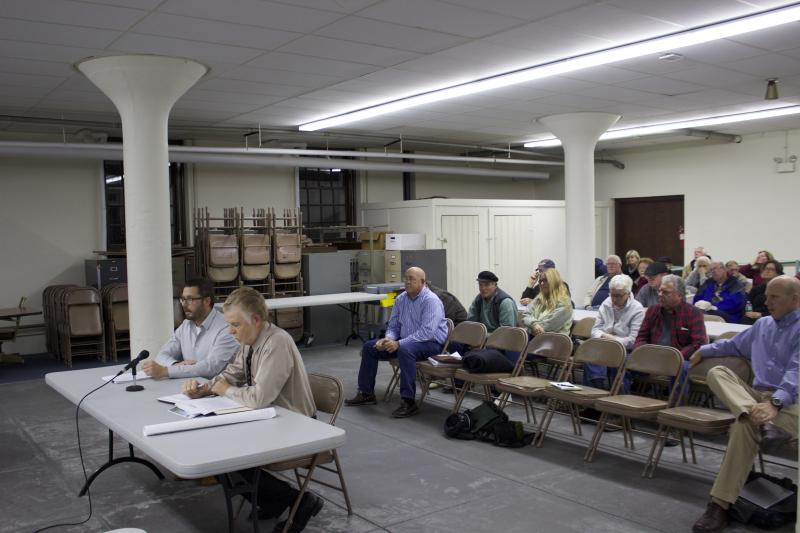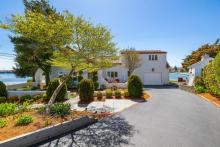Community continues cleanup of weed-covered pond
Residents living on Agawam Mill Pond began to notice something was wrong with their pond about four years ago.
At that time, an invasive plant species called Fanwort was spreading across a majority of the pond. Today, about 95 percent of the pond is covered, causing concerns about recreational use, wildlife and overall future of the popular pond.
Over the last few years, 65 families who live on the pond have rallied community and financial support, even getting money from the state legislature to combat the growing weed.
"Thousands of people use that pond every year," said Michael Lenihan of the citizen non-profit group Cleanup of the Agawam Mill Pond. Lenihan said that when residents started to notice the spread of the weed growing worse and worse, they contacted Aquatic Control Technology, one of the largest companies in the state for treating ponds and lakes.
The group is proposing to take a boat on the pond in June and spread a new aquatic herbicide called Clipper, in what increasingly appears to be the only option left for saving the pond.
Representatives of a the pond cleanup group and dozens of Agawam Mill Pond residents attended a meeting of the Conservation Commission Wednesday night to take the next step in the cleanup.
Michael Lennon of Aquatic Control said he first came out to the pond in the summer of 2010. At that time, he estimated about 132 of the 150-acre pond was affected by Fanwort.
Today, nearly the entire pond is covered.
"The plant is a really aggressive canopy-forming plant," Lennon said.
Residents grew concerned last year when a new boat ramp was announced by the state, as boat activity shreds the Fanwort and causes it to spread even more.
Early treatment plans were stalled because the chemical that is normally used needs a 60-day window to work. That was nearly impossible because of the herring run located at the pond as well as the fact that cranberry growers use water from the pond.
But in 2012, the Environmental Protection Agency approved the herbicide Clipper, which only needs a five-day window. Massachusetts approved the use of the chemical last year and last summer, Aquatic Control used it to treat seven bodies of water in the state.
According to Lennon and Lenihan, the plan is to administer Clipper to a total of 85 acres in the center of the pond where boat activity is the strongest over the course of three years.
The groups would continue to monitor the growth of the weed for years after that.
"Once you knock it down, you have a chance to manage it," Lenihan said.
He said the community group is on board to fund the ongoing maintenance after the initial chemical treatment.
Lennon said if the treatment method is approved, the groups will go out and check the growth of the plant and the treatment area in May or June and begin the treatment process shortly thereafter.
The group would then take an airboat out on the water and spread Clipper, a dissolvable granular substance. It would be evenly spread a few feet below the water with weighted hoses.
Because of the herring run at the pond, the state Division of Marine Fisheries will need to review the project. The state Natural Heritage and Endangered Species program will also comment on the project due to endangered species downstream from the site, according to Conservation Agent Dave Pichette. The Buzzards Bay Coalition also recommended additional information on the project.
Due to those issues, the project was continued to Dec. 17 Conservation Commission meeting.
"It was a beautiful pond," Lenihan said. "I don't know if we can get quite back to that stage, but it's a shame that it's gone to what it has."













